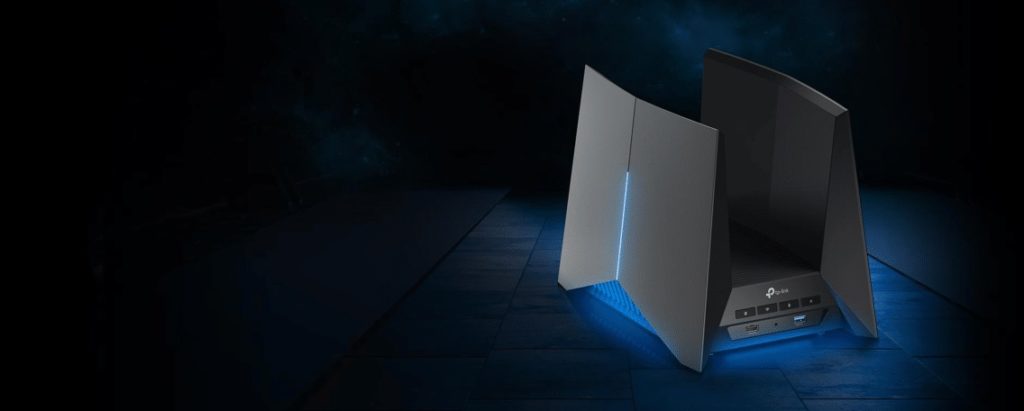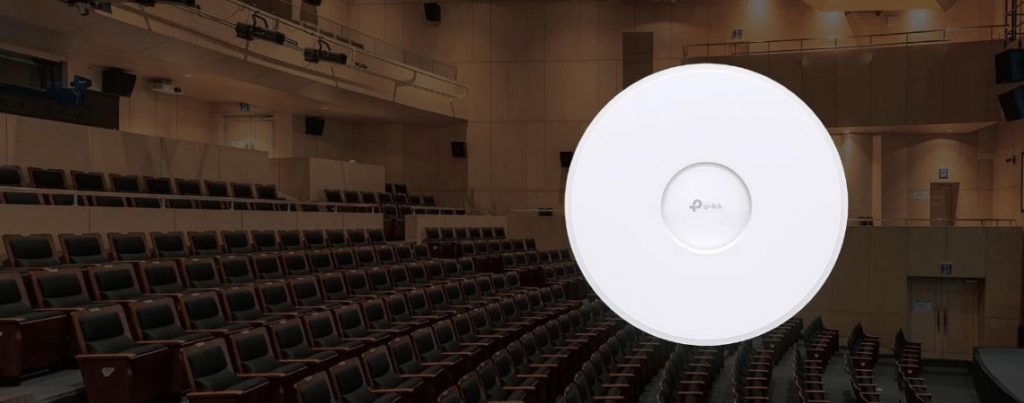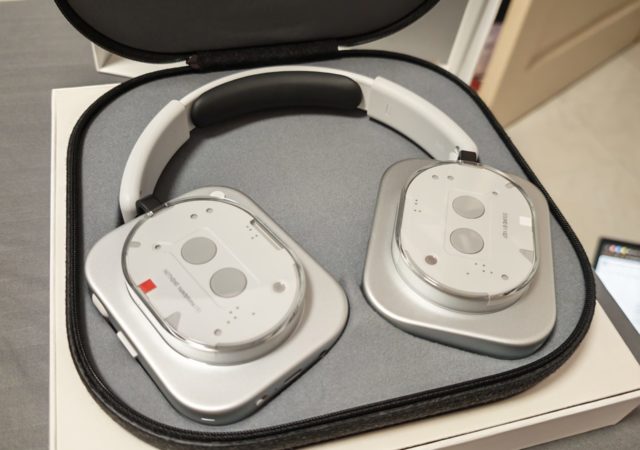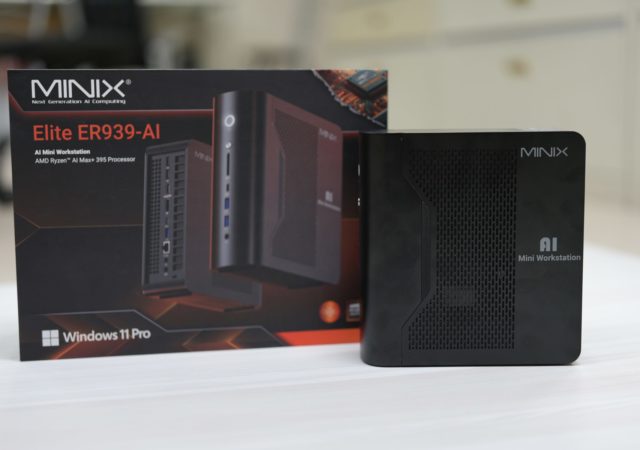Pretty sure you’ve seen the recent news of new Z790 motherboards carrying that shiny ‘WiFi 7’ plaque as one of their key selling points. Well, of course, you’ll need an access point that can provide you ‘WiFi 7 standards’ level of connection which is also today’s guest, TP-Link, as they revealed several new products for this occasion.
We’ll just briefly go through what’s what and the unique things about each model.

First, we have the Archer BE900 from the Archer series carrying that quad-band 24Gbps bandwidth housed in a brand-new chassis design.
All antennas are fully internal so no exposed ones dangling around with each of them optimally positioned for low interference, multidirectional coverage.
The wired gang can still get that sweet 10GbE connection and there are two of them followed by four 2.5GbE and a USB port.
There will be scaled-down versions released in the name of BE800 and BE550 for the people who don’t need to go full baller mode just for a router.

The Archer series continues with the GE800 geared towards gamers.
Equally armed with WiFi 7 wireless capability with up to 18Gbps of speed together with 10GbE, everything is optimized just for one thing: Game traffic – From packets and tunneling to applications and server-related stuff, the bandwidth will be prioritized for the gamers and less so for the rest of the family (perhaps?).

Moving onto the Deco series, we have the elegant tube BE95 to bring high-speed connection and style to one’s home.
Its maximum speed can reach up to 33Gbps thanks to a total of 4 frequencies running two of them within the 6GHz band.
LAN devices craving stable connection can be hooked up to the 10GbE port and before I forget, the new Deco System 3.0 streamlines the setup of mesh WiFi in a given premise for large coverage, no signal-dropping connection.
Need less bandwidth and wanna save a buck? Then catch the siblings Deco BE85 and BE65 instead.

Lastly, the enterprise-focused Omada series welcomes the EAP780 and EAP770 models in this white, round shape (College APs anyone?).
The former is capable of providing a 22Gbps wireless WiFi 7 connection alongside 2x 10GbE ports while the latter does it a bit slower at 11Gbps and 1x 10GbE port.
The use of a 6GHz band plus wider 320MHz bandwidth with MLO technology makes high throughput and low latency a walk in the park.
For organizations that need absolute control over their systems in a well-defined manner, the Omada Software Defined Networking (SDN) platform provides a centralized environment accessible via the cloud with everything being easily scalable and configurable according to one’s need.






